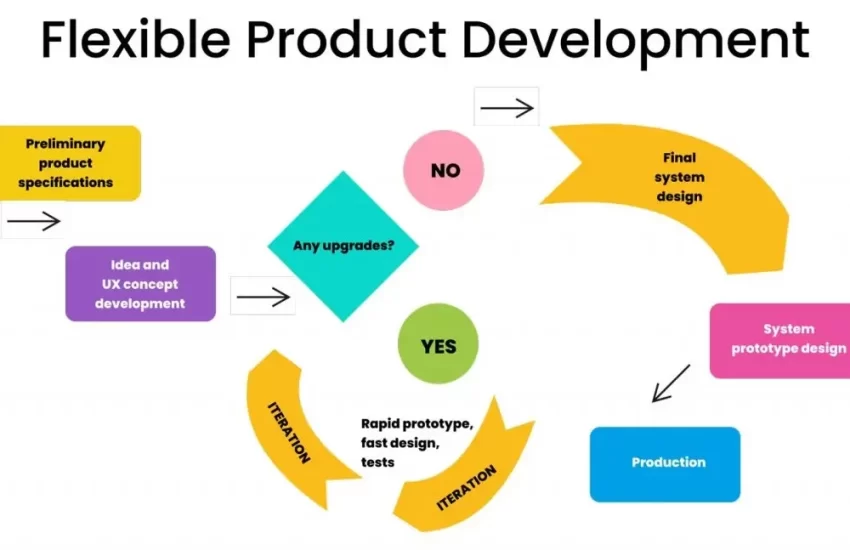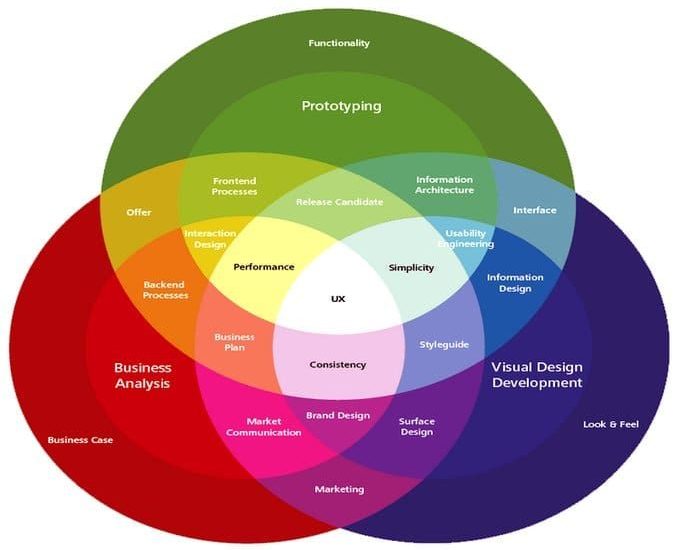Understanding the Product Development Lifecycle
When it comes to creating successful tech products, understanding the product development lifecycle is crucial. This process involves multiple stages that ensure a product is well-designed, well-built, and meets the needs of its target audience. In this article, we will explore each stage of the product development lifecycle and how it contributes to the success of a tech product.
1. Ideation
The first stage of the product development lifecycle is ideation. This is where the initial concept for a tech product is born. During this stage, brainstorming sessions are held, market research is conducted, and ideas are fleshed out. It is important to generate as many ideas as possible and then narrow them down to the most viable options.
2. Requirement Analysis
Once an idea has been selected, the next stage is requirement analysis. This involves gathering and documenting the specific requirements for the product. This includes functionality, user interface design, performance, and any other features that are needed. It is important to involve stakeholders in this stage to ensure that all requirements are captured.
3. Design
After the requirements have been defined, the design stage begins. This is where the overall look and feel of the product are created. User experience (UX) and user interface (UI) design play a crucial role in this stage. It is important to create wireframes and prototypes to test the design and gather feedback from users.
4. Development
Once the design has been finalized, the development stage begins. This is where the actual coding and programming of the product takes place. It is important to follow best practices in software development and collaborate closely with designers to ensure that the final product matches the initial vision.
5. Testing
After the product has been developed, the testing stage begins. This involves rigorous testing to identify any bugs, glitches, or performance issues. It is important to conduct both manual and automated testing to ensure that the product functions as intended. User acceptance testing is also conducted to gather feedback from real users.
6. Launch
Once testing is complete and any issues have been addressed, the product is ready to launch. This involves creating a marketing strategy, setting up distribution channels, and generating buzz around the product. It is important to monitor the launch closely and make any necessary adjustments based on user feedback.
7. Post-Launch Support
After the product has been launched, the final stage of the product development lifecycle is post-launch support. This involves ongoing maintenance, updates, and customer support. It is important to listen to user feedback and continuously improve the product to ensure its long-term success.
Conclusion
Understanding the product development lifecycle is essential for creating successful tech products. By following each stage of the lifecycle and collaborating closely with designers, developers, and stakeholders, you can ensure that your product is well-designed, well-built, and meets the needs of its target audience. By focusing on ideation, requirement analysis, design, development, testing, launch, and post-launch support, you can create a product that stands out in the competitive tech market.


